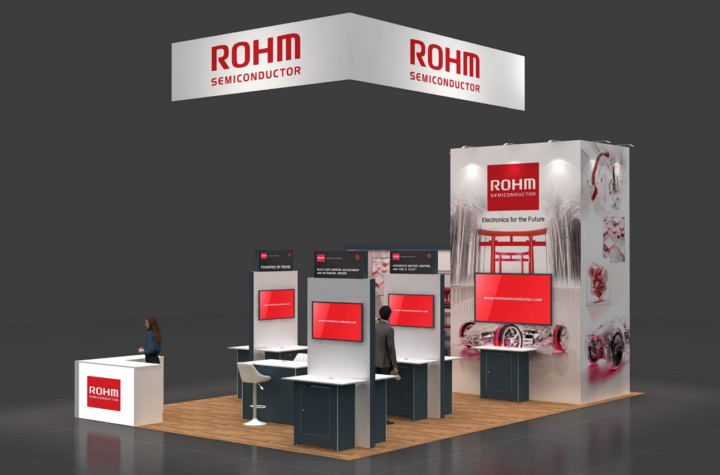
Breakthroughs in the supply of lithium-ion batteries at the two extremes of the transport spectrum – motor racing and passenger bus transportation – will help speed up the mass adoption of battery-powered vehicles.
Recently, XALT Energy announced a US$1 billion deal to supply Titanate (LTO) batteries to the Chinese Hybrid Kinetic (HK) Group to supply batteries which will be leased to municipal transport authorities across China. Yung Yeung, Chairman of HK Group, said in a release, “XALT”s high quality and cost competitive battery products fit very well with our group’s strategy of launching all-electric public transit buses on a large scale.”
XALT is also the official partner of Williams Advanced Engineering in the Formula-E racing series. Craig Wilson, Managing Director of Williams Advanced Engineering, says; “We are delighted to welcome XALT Energy on board as an official partner of Williams Advanced Engineering. This partnership sets the scene for our two companies to collaborate on future innovations for applications that demand high performance battery technology across a range of industries.” Automotive Industries (AI) asked Subhash Dhar, CEO of XALT, how soon the company believes electric vehicle energy density will match that of vehicles running on petrol or diesel.
Dhar: We need to change our thinking from “competing with petrol or diesel” to focusing on improving the “overall fuel economy” of the transportation industry. We must combine efficient combustion of fossil fuels with electrons from batteries in a broad range of hybrid solutions (micro, mild, plug-in hybrids) while continuing the pursuit of “all electric” vehicles. The technologies necessary to achieve 50-60% overall improvements in fuel efficiency are commercially available today. We need to continue to bring the $/Kwh/cycle index to an acceptable level. This measure (cycle of merit) transcends all other conventional parameters used in the battery industry. AI: XALT is in everything electric – from urban transport in China to Formula E racing. What is behind this strategy?
Dhar: The key to applying products and technology for commercialization is to evaluate the “value proposition” we offer to the end-user. XALT batteries make perfect sense for all-electric buses (like HK) because, the $/Kwh/cycle is a compelling value proposition to the end-user.
AI: You have worked with pioneers such as Stan Ovshinsky (whose NiMH battery is still used by Toyota today) in the 90”s. How have things changed in the alternate fuelled vehicle landscape since then?
Dhar: What we have realized is that it takes talent, skills and commitment of resources from a wide array of constituencies including policy makers, industrial partners, innovators and academic institutions to bring about a change of this magnitude. We as a team can do it and do it in a very cost-effective manner.
AI: How can developing countries make the shift to green vehicles?
Dhar: Developing countries are focused on economically viable solutions not only in terms of “total cost of ownership” of a solution (e.g.; $/kwh/ cycle), but also lower upfront capital cost. Use of lower cost EPS batteries for hybrid drivetrain is perfect for developing fuel-efficient and low-carbon emission solutions.
AI: What role do you see for yourself in promoting electric vehicles in countries such as India, China and South America?
Dhar: The roles for these three very different regions have to be tailor-made. For India, I would like to develop a commercial JV to produce EPS batteries for the transportation and telecom industries. In China we are already very active through XALT batteries for electric buses and are in the process of establishing alliances for EPS batteries. For Brazil, I would love to develop an outreach program to let the policy makers and the industrial sector get a better understanding of the opportunities that can be created by implementing advanced battery technologies.
AI: What are some of your future plans for XALT?
Dhar: Growth through expansion of the manufacturing assets in Michigan; setting up new plants in China to meet the growing demand for XALT batteries; continue to develop next generation product to further enhance the performance and lower the cost of batteries thru the use of advanced materials and more efficient manufacturing processes.





More Stories
Bangkok International Motor Show 2025 – The Talk of Sensuous Automotive
Dry silicon composite by Blue Current is the next generation of battery technology
GlobalLogic Pioneering Software-Defined Vehicles, AI Innovation, and Sustainable Solutions for the Future of Automotive Mobility